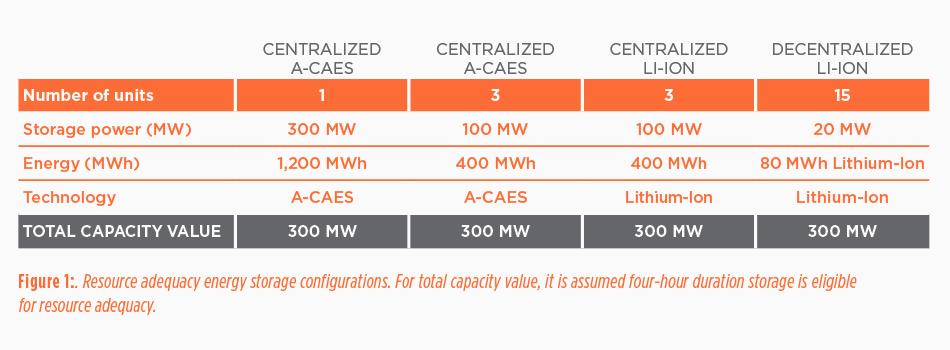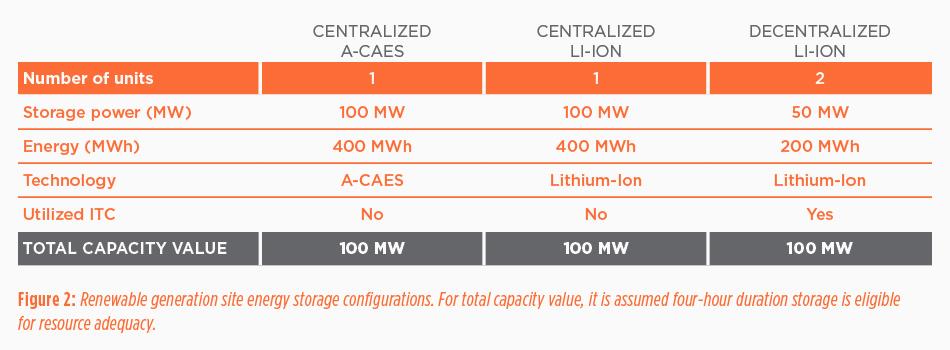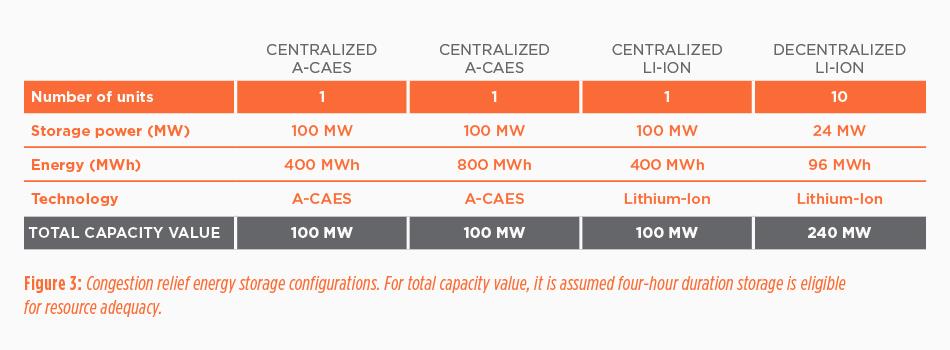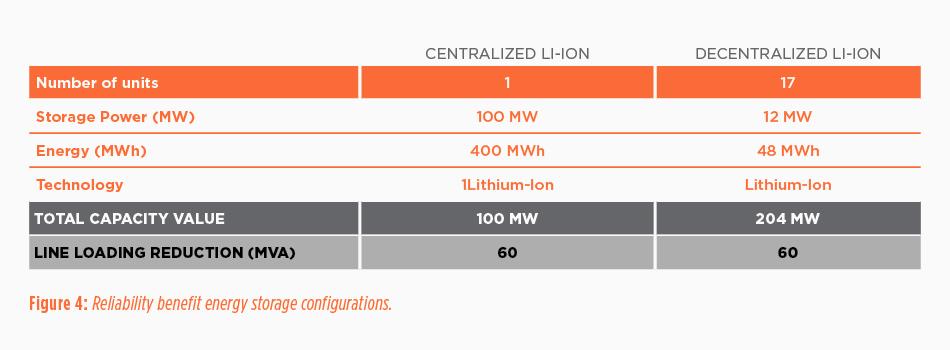Until recently, the cost of energy storage usually outweighed its benefits. As the cost of batteries and other forms of energy storage comes down, more use cases can be justified economically. Now utilities and developers are carefully evaluating when it makes sense to invest and under what configuration, size and operational use case to do so.
Batteries at the utility scale can be sized according to a wide variety of performance considerations and location needs. This has some allure, but it also presents many possible deployment configurations to consider. Utilities need to carefully evaluate power or capacity, measured in megawatts (MW), and energy, measured in megawatt-hours (MWh), when developing a cost-effective energy storage project.
As the market to develop storage projects expands, utilities and developers must determine the most economical deployments and use cases to narrow their project development focus and improve their speed to market. One effective approach is to isolate potential use cases and compare the economic tradeoffs between deploying large-scale, centralized storage and small-scale, decentralized storage. Lithium-ion (Li-Ion) and Advanced Compressed Air Energy Storage (A-CAES) are useful technology comparisons; they cover a wide variety of storage applications and their economic feasibility varies based on the size and duration of the project. For context, A-CAES is an emerging energy storage technology.
Recently, 1898 & Co., part of Burns & McDonnell, utilized this approach to evaluate three scenarios where energy storage is commonly considered as a potential solution. Each scenario focused on one use case with broad application: resource adequacy (or capacity accreditation), improving resource adequacy at a renewable generation site, and transmission deferral. Our cost-benefit analysis uncovered clear guidance for utilities and developers considering energy storage.








